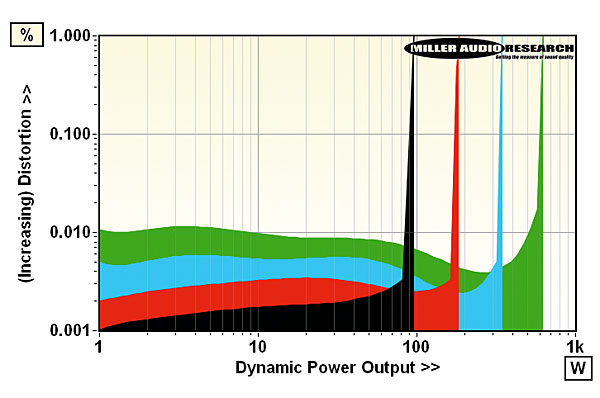I wonder about the design decisions in this (and other products in the series). We find some emphasis on phono, but no provisions to adjust either MM or MC loading, no subsonic filtering, and no provisions for monophonic listening. Those features used to be standard with top of the line analog oriented integrated amplifiers. I guess the designers decided those things are not important. Or they had to keep costs in line.
Denon sells a $600.00 'special edition' (not sure what is special about it other than the 'retro' headshell) 110 year anniversary DL-103 (now called the DL-A110). OK. But for crying out loud, they don't offer a suitable record player to go with their moderately expensive cartridge. The ones they sell are flimsy looking, and have their own phono stage making the one on the amp redundant.
This whole thing more and more looks like a half-baked marketing opportunity. On the other hand, if one has a wide variety of different format digital sources, uses at least moderately sensitive stand alone speakers (i.e., no sub), and if they don't care too much about phono but require an all in one package, then this integrated might be the key to the highway.
They don't give it away, that's for sure. For the price it would be a nice cosmetic touch to offer polished wood side panels Denon used to include with their higher end line.

